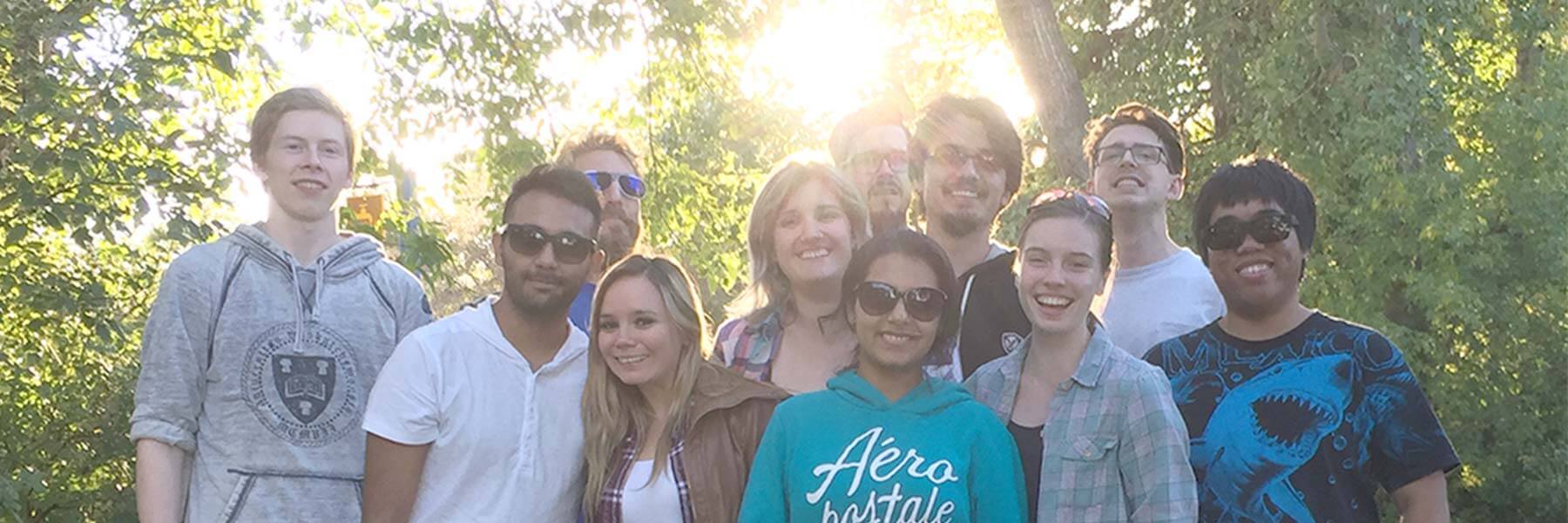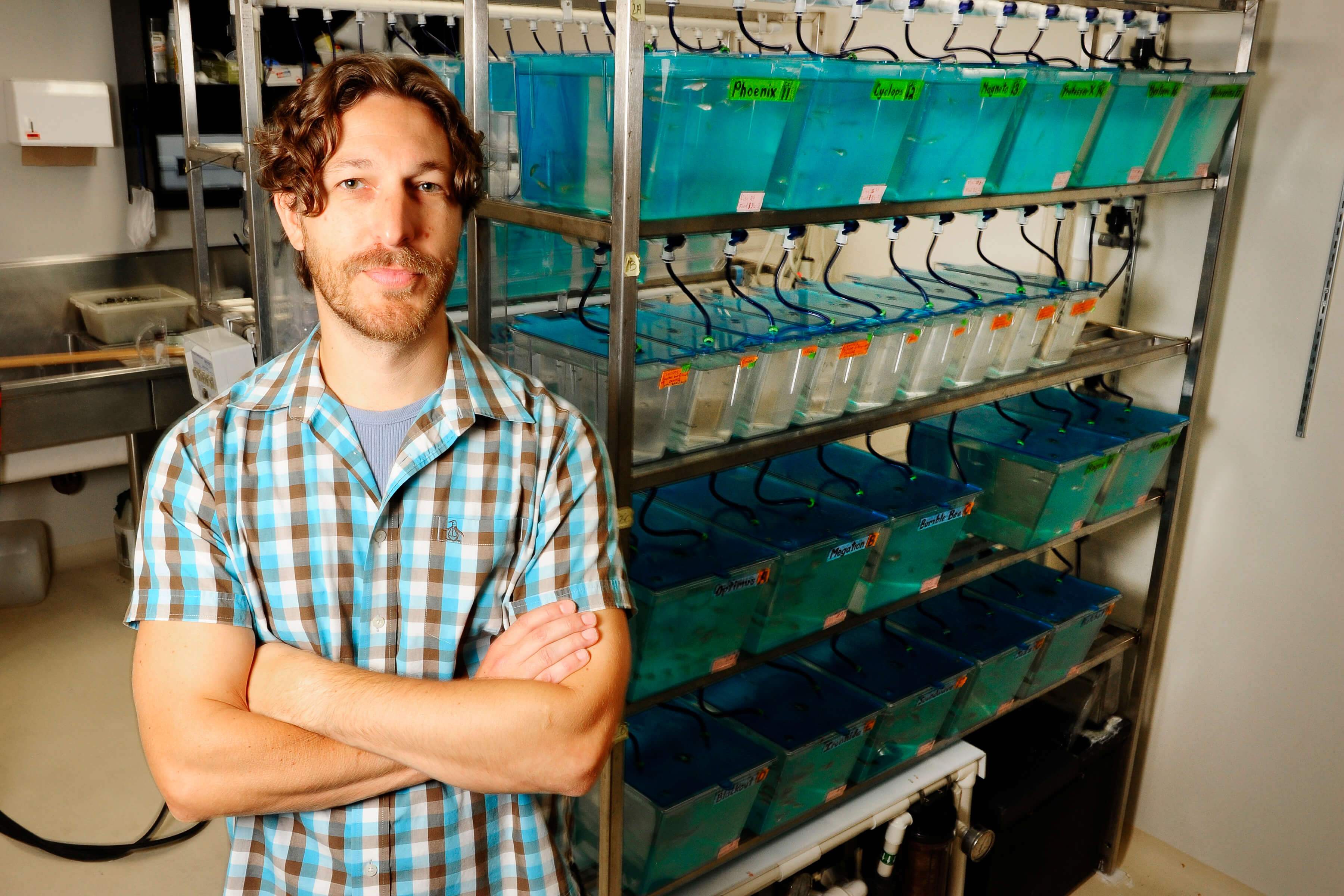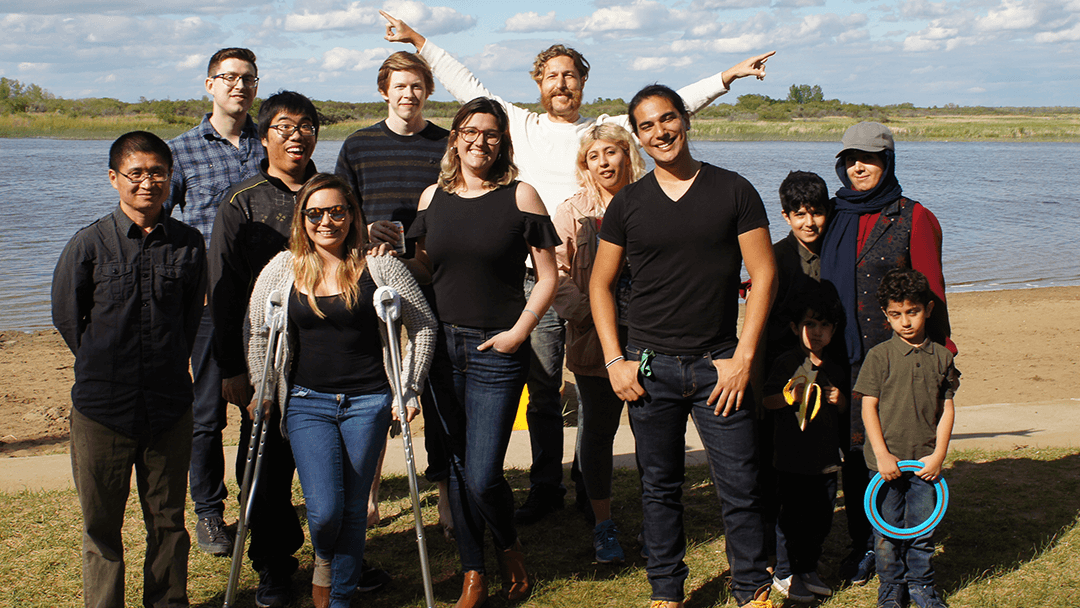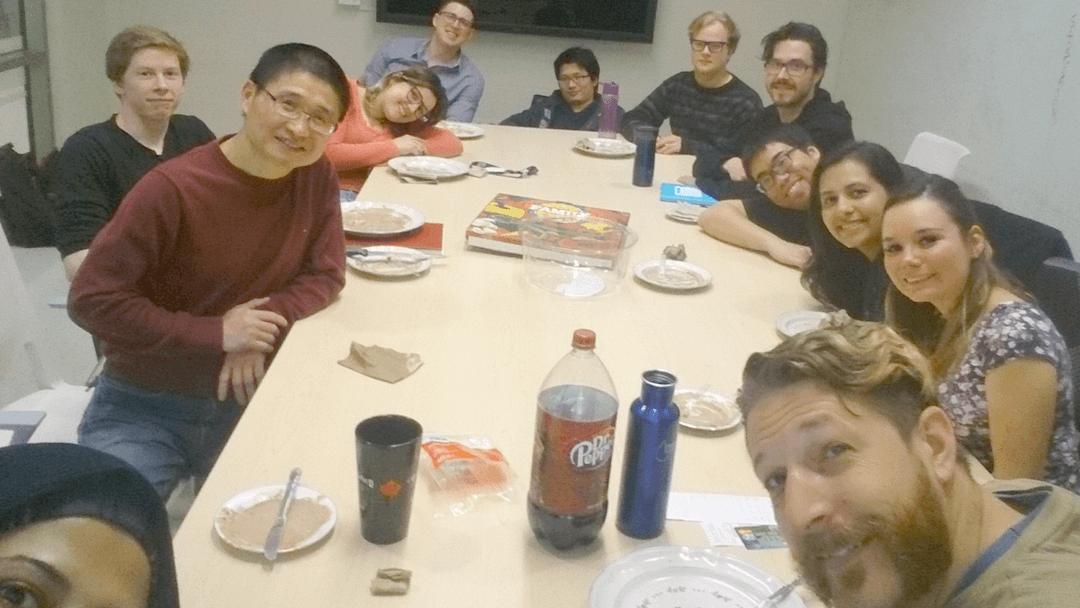LAB OVERVIEW
The Eames lab uses molecular genetics and advanced imaging techniques to understand how skeletal tissues develop and evolve. A general focus of the lab is on skeletal cell differentiation. What are the external signals that direct undifferentiated cells to turn into bone or cartilage cells? How are these signals interpreted by cells to activate pathways of differentiation? On the one hand, the Eames lab is interested in applying answers to these questions to such debilitating diseases as osteoarthritis. On the other hand (and these hands know each other), the Eames lab is interested to know how these same answers vary among chordate clades.

LAB OVERVIEW
The Eames lab uses molecular genetics and advanced imaging techniques to understand how skeletal tissues develop and evolve. A general focus of the lab is on skeletal cell differentiation. What are the external signals that direct undierentiated cells to turn into bone or cartilage cells? How are these signals interpreted by cells to activate pathways of dierentiation? On the one hand, the Eames lab is interested in applying answers to these questions to such debilitating diseases as osteoarthritis. On the other hand (and these hands know each other), the Eames lab is interested to know how these same answers vary among chordate clades.


POSITIONS AVAILABLE
Now accepting applications from team-playing undergraduate and graduate students, postdoctoral fellows, and research assistants.
POSITIONS AVAILABLE
Now accepting applications from team-playing undergraduate and graduate students, postdoctoral fellows, and research assistants.

![]()
Dept. Anatomy, Physiology, and Pharmacology,
107 Wiggins Rd,
Saskatoon, SK, Canada, S7N 5E5
Office: 2D01.3 HSC, (306)966-6534
Lab: B314 HSC, (306)966-4087
PHOTOS










